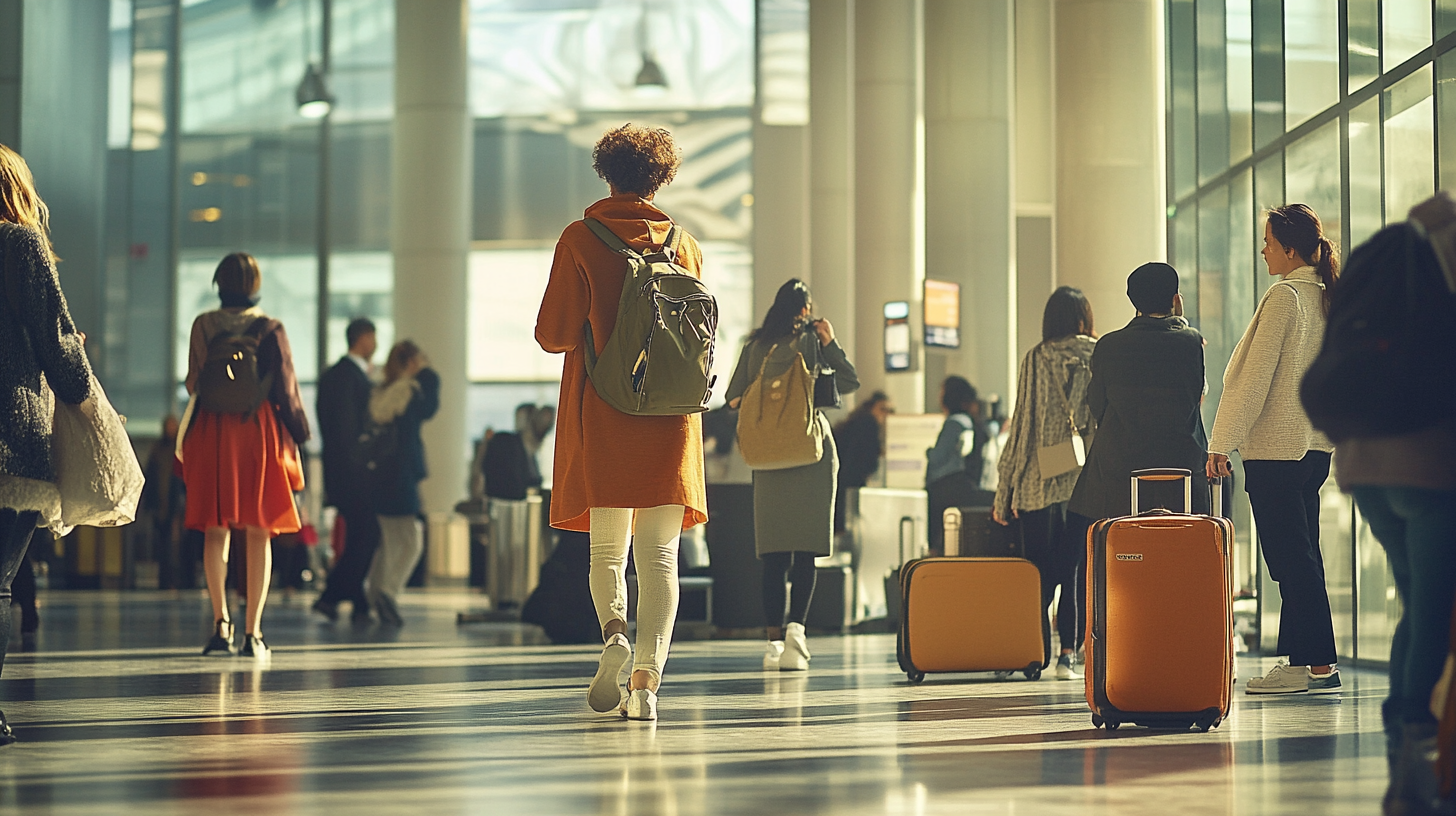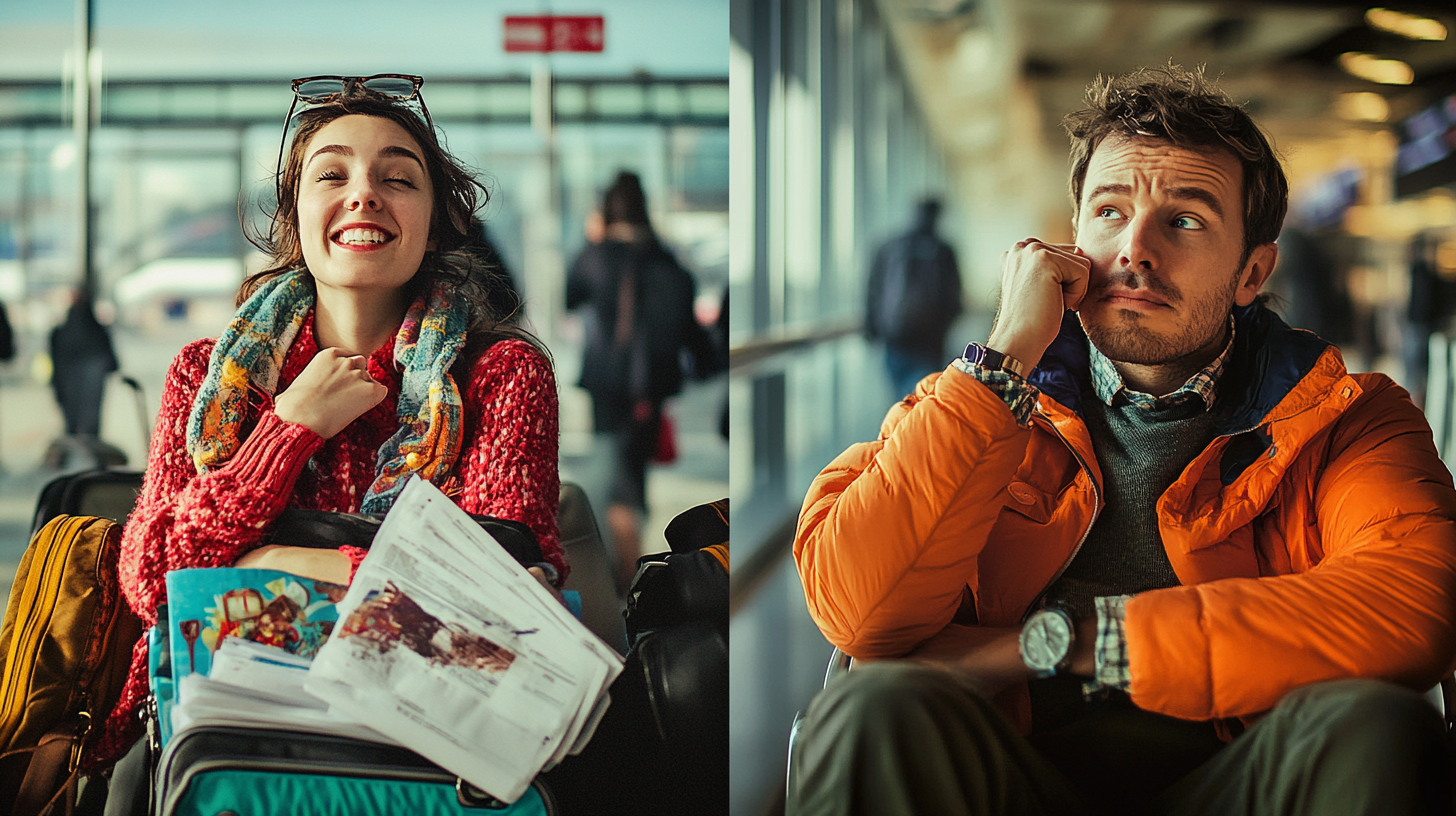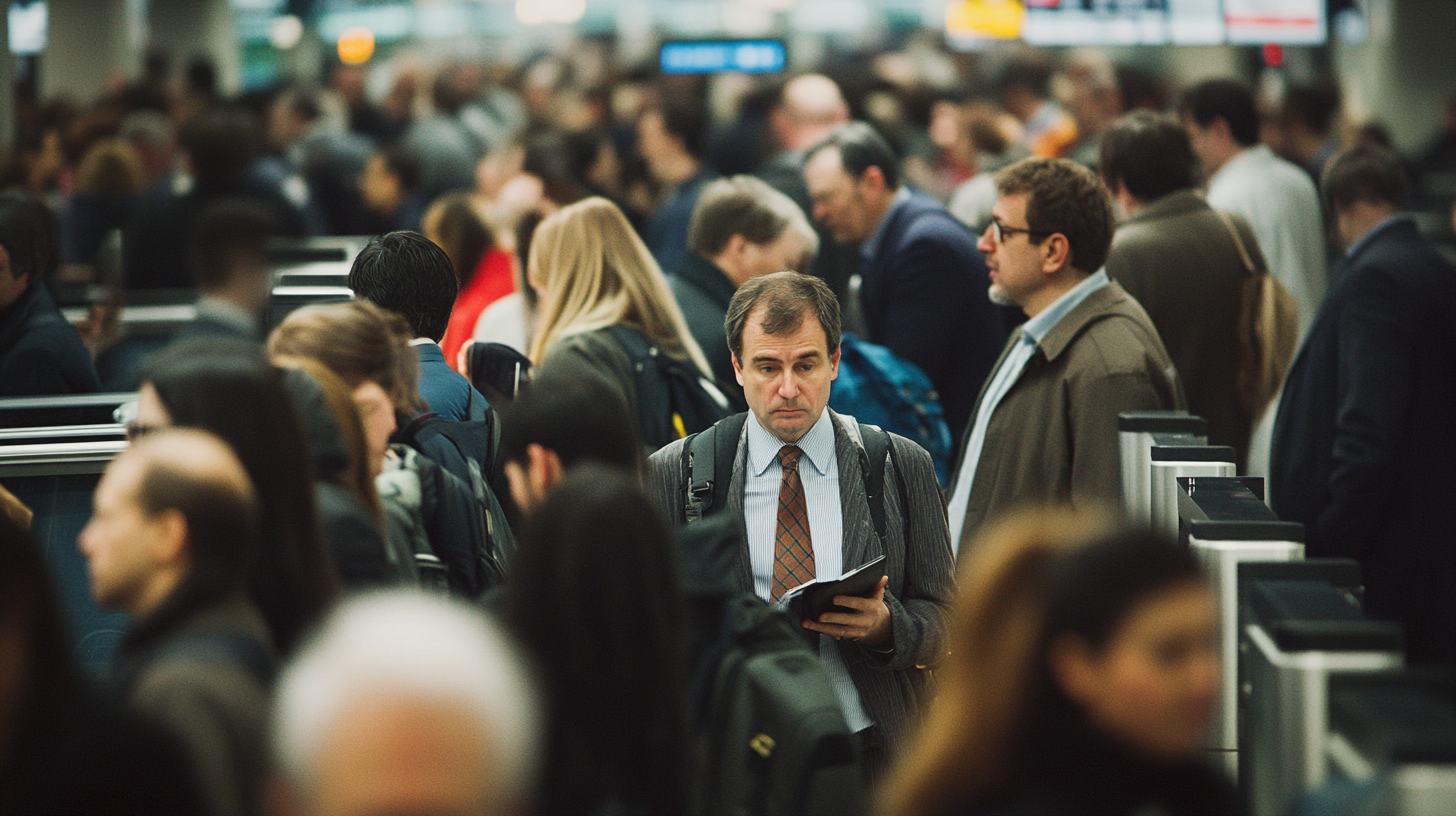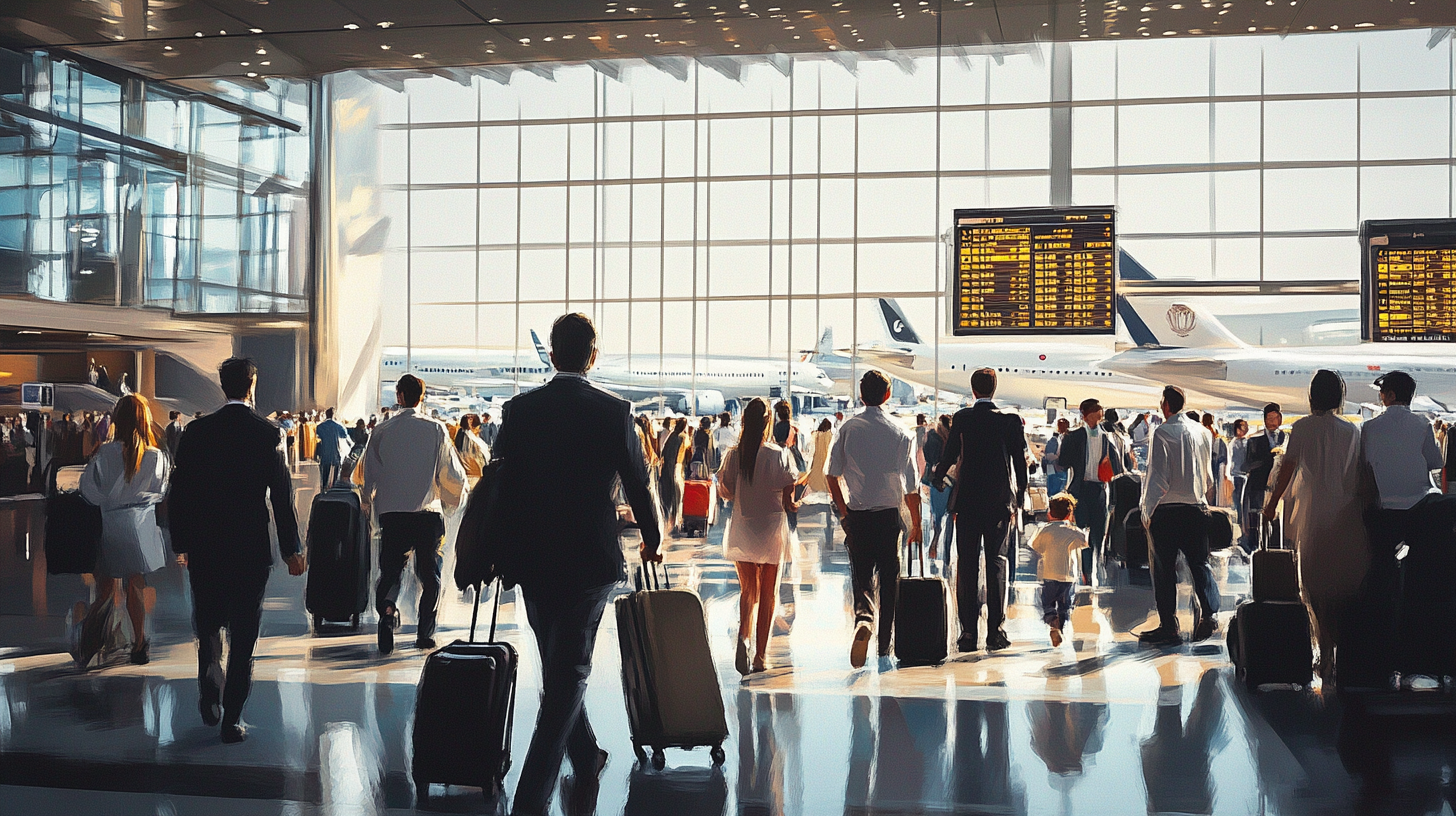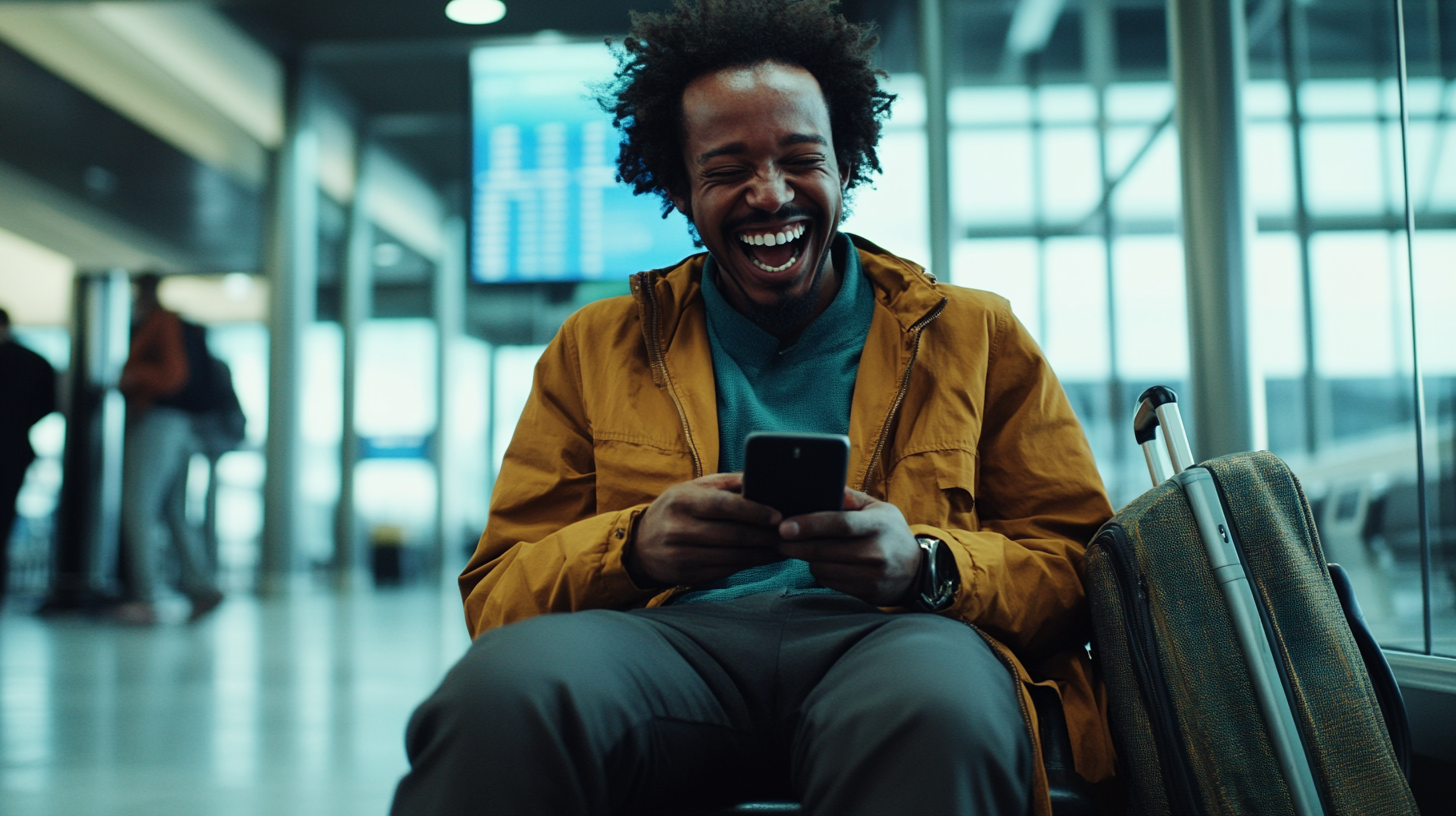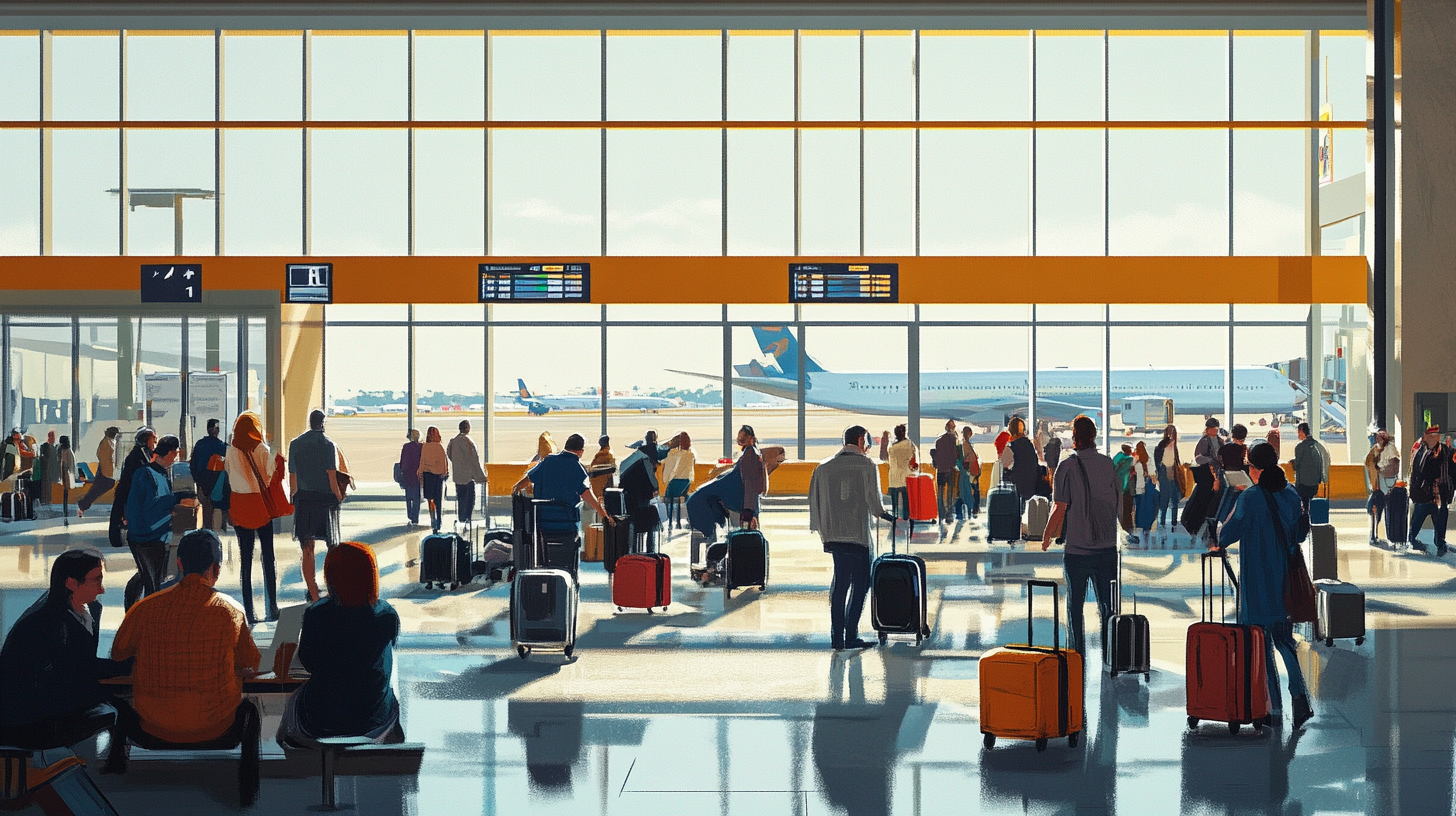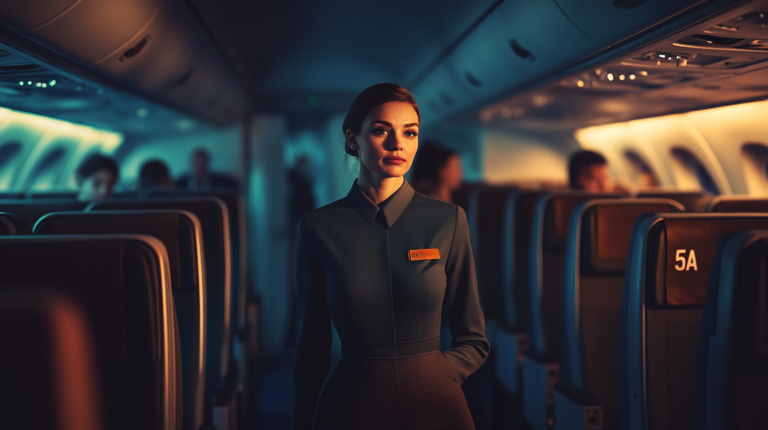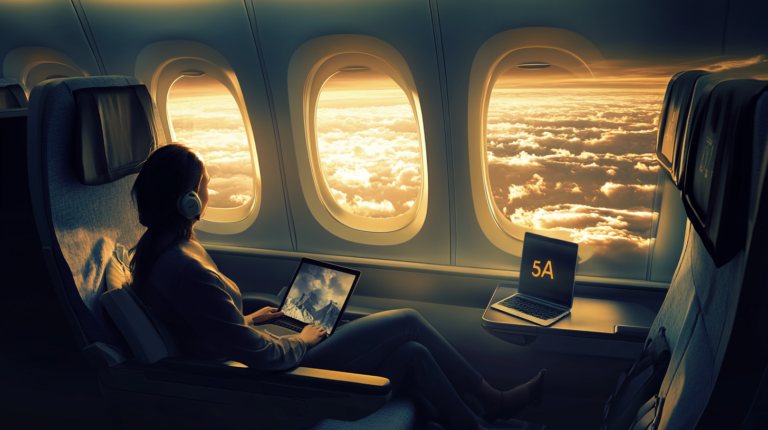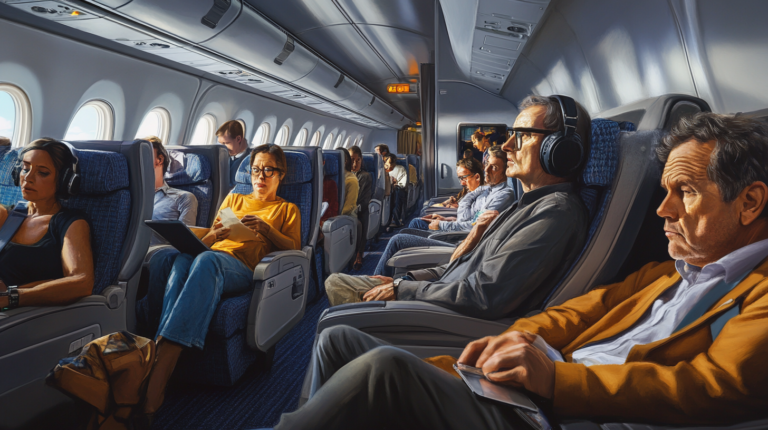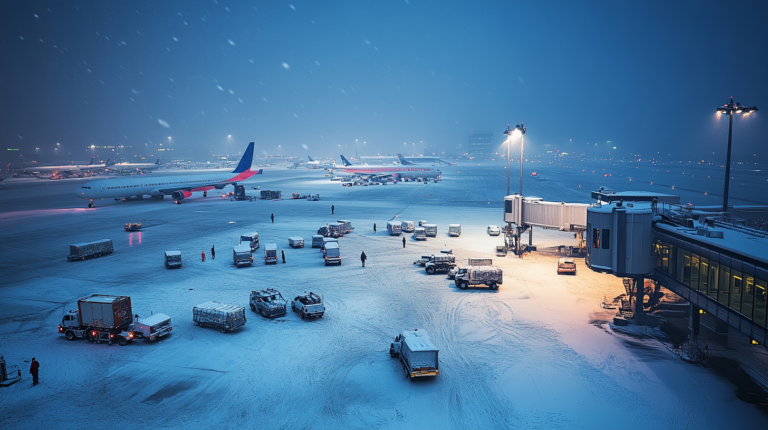Decoding Airport Behavior: Why We Act Differently in Terminals
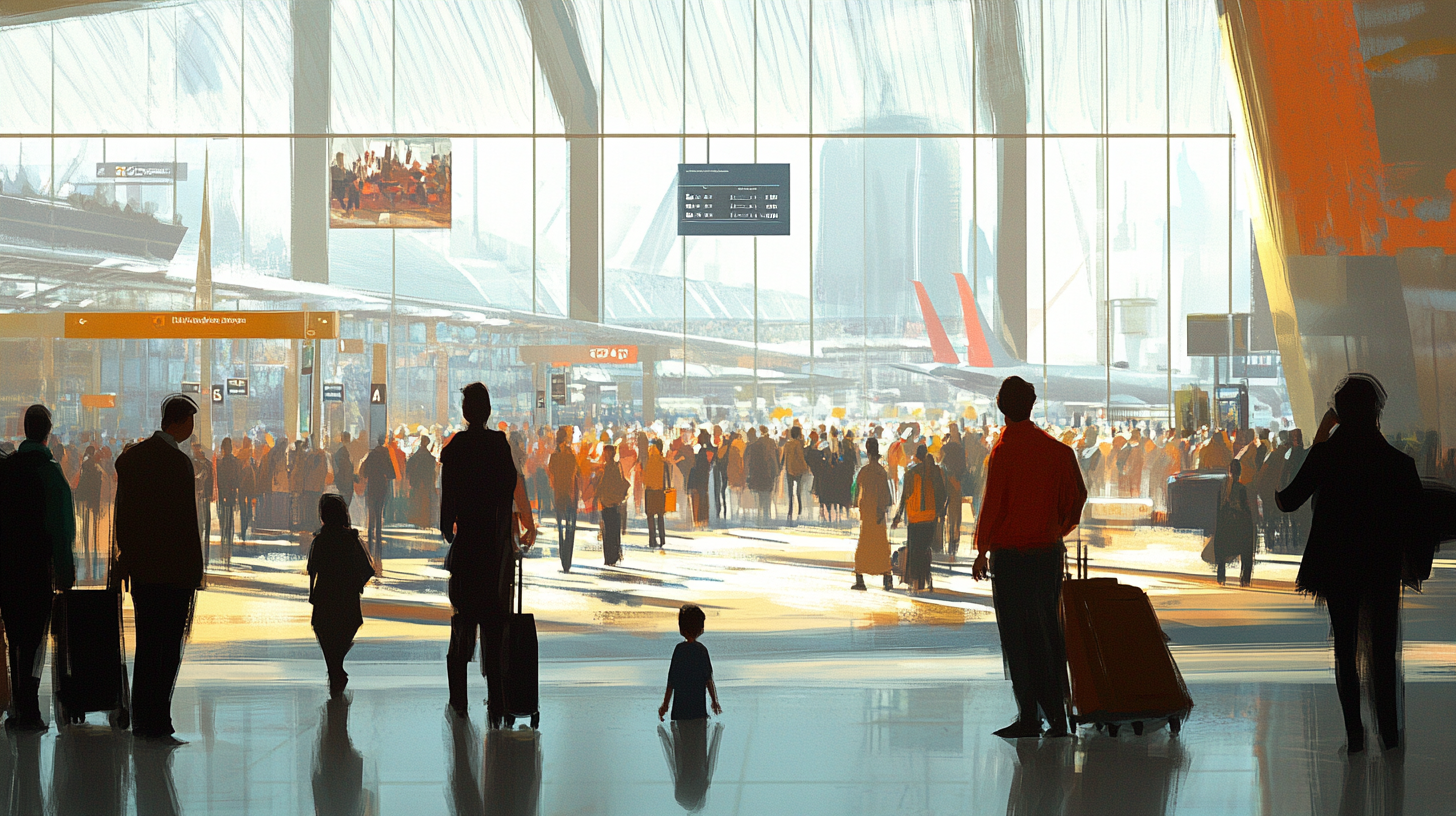
There’s something undeniably transformative about stepping into an airport. As if passing through invisible curtains at the sliding doors, we shed our usual selves and adopt new personas tailored for the terminal. Suddenly, sweatpants become acceptable daywear, emotions bubble closer to the surface, and the chaos of security lines feels like a gladiatorial arena. But why do we act differently in airports? Let’s buckle up and explore the fascinating psychology behind our airport alter egos.
The Airport Fashion Phenomenon: Dressing Down or Up in the Skies
Ever noticed how fashion rules seem to bend within airport walls? On one end, you have the comfort enthusiasts clad in pajama pants and oversized hoodies, prioritizing coziness over style. On the other, there are travelers strutting in blazers and high heels, perhaps straight from a business meeting or simply embracing their inner fashionista. This dichotomy raises the question: what drives our airport attire choices?
Comfort vs. Impression: For many, airports represent long hours of waiting, walking, and sitting in cramped airplane seats. Opting for comfortable travel attire becomes a practical choice to ease the journey. Yet, others view air travel as an event, an occasion to make an impression, especially when traveling for business or special occasions.
The Psychology of Clothing: Our clothing choices often reflect our mental state and intentions. Dressing down might signal a desire for minimal stress and relaxation, while dressing up can boost confidence and convey a sense of control amidst the unpredictability of travel. According to psychologists, clothing can influence not just how others perceive us but also how we perceive ourselves.
Security and Identity: In the liminal space of an airport, where we’re between here and there, clothing becomes a tether to our identity. Wearing familiar, comforting clothes can provide a sense of security. Conversely, some may adopt a different style as a way of embracing the adventure ahead. It’s a form of self-expression in a place where we might otherwise feel like just another face in the crowd.
Global Runway: Airports are melting pots of cultures and styles. Observing fellow travelers can be like watching a global fashion show. This exposure might inspire some to step up their fashion game, blending comfort with style to make their own statement on this international stage.
High Emotions at High Altitudes: Why Stress and Joy Amplify
Airports are emotional pressure cookers. Joyful reunions, tearful goodbyes, anxiety over delays—the spectrum of human emotion is on full display. But why do airports amplify our feelings?
The Stress Factor: Traveling involves a series of uncontrollable factors—weather delays, security checkpoints, lost luggage—that can elevate stress levels. The mere act of navigating through a busy terminal while adhering to strict schedules can trigger our fight-or-flight response. It’s no wonder patience wears thin, and tempers occasionally flare.
Anticipation and Expectations: Airports are gateways to significant life events—vacations, business deals, family gatherings. The anticipation of what’s ahead can heighten emotions. The thought of seeing a loved one after a long time or the excitement of an upcoming adventure can make us more emotionally sensitive.
Shared Spaces, Shared Emotions: Being surrounded by others experiencing their own emotional journeys can influence our mood. Emotions are contagious; witnessing someone else’s joy or frustration can subconsciously affect us. This phenomenon, known as emotional contagion, is amplified in crowded environments like airports.
Coping Mechanisms: To navigate these heightened emotions, travelers adopt various coping mechanisms. Some might indulge in airport shopping therapy, while others find solace in airport lounges. Check out our guide to the top airport lounges for a serene pre-flight experience.
Decoding the Chaos of Security Lines: A Reflection of Priorities
The security checkpoint—a place where time seems to slow down, and human behavior becomes particularly intriguing. As we shuffle through the line, removing shoes, belts, and dignity, what does our approach to this ritual say about us?
The Prepared vs. The Surprised: Some travelers approach security like seasoned pros, zipping through with laptops and liquids ready. Others act as if the requirements are a brand-new concept. This disparity highlights different travel priorities—efficiency versus obliviousness or perhaps a casual attitude towards the journey.
Privacy and Vulnerability: Being asked to disassemble personal belongings and potentially be patted down can make anyone feel vulnerable. Our reactions—whether frustration, compliance, or humor—reveal comfort levels with privacy invasion and authority. It’s a microcosm of how we handle control (or the lack thereof) in our lives.
The Race Against Time: The urgency to get through security often stems from deeper concerns—fear of missing a flight, the desire to maximize lounge time, or simply a disdain for waiting. Our patience, or lack thereof, in the security line can reflect our broader approach to time management and stress.
Strategies for Success: Navigating security doesn’t have to be a headache. Employing strategies like TSA PreCheck or Global Entry can expedite the process. For more tips, read our article on fast-tracking through airport security.
Navigating the Airport Social Landscape: From Friendly Strangers to Frazzled Parents
Airports bring together an eclectic mix of humanity. Understanding the unspoken social dynamics can enhance your travel experience.
The Solo Traveler’s Dilemma: Striking up a conversation with a stranger can be a gamble. Is it welcome camaraderie or an intrusion? Many solo travelers appreciate a friendly exchange, while others prefer solitude. Reading body language becomes an essential skill.
Families on the Move: Traveling with children adds layers of complexity. The sight of frazzled parents juggling luggage and little ones is common. Empathy goes a long way—offering a helping hand or an understanding smile can make a difference. For parents, check out our sanity-saving tips for traveling with kids.
Business Class Personas: Business travelers often exude an air of purpose and urgency. Clad in suits with eyes glued to devices, they navigate the terminal like a second office. Observing their routines can offer insights into efficient travel habits, though attempting to engage them might not yield much beyond a polite nod.
Cultural Etiquette: Airports are international hubs where cultural norms converge. Simple gestures, like understanding queuing etiquette or being mindful of personal space, can prevent misunderstandings. Embracing cultural diversity enhances the travel experience and fosters mutual respect.
Laughter at 30,000 Feet: Humorous Anecdotes and Survival Tips
Travel is ripe with moments that, while frustrating at the moment, become humorous stories later. Embracing the absurdity can lighten the mood.
The Overhead Bin Tango: We’ve all witnessed (or been part of) the struggle to fit an oversized carry-on into the overhead bin. The ensuing shuffle often resembles a comedic dance, eliciting chuckles from nearby passengers. Next time, consider checking that bag or reviewing our carry-on baggage guidelines.
The Gate Change Sprint: Discovering your gate has changed—again—offers an unexpected cardio session. Dodging fellow travelers while keeping an eye on the clock can feel like an obstacle course. A good pair of walking shoes and a sense of humor are essential equipment.
The Mystery of Baggage Claim: Waiting at the carousel, every black suitcase starts to look the same. The moment someone mistakes your bag for theirs can lead to a friendly exchange or a comedy of errors. Pro tip: add a distinctive tag or ribbon to your luggage to avoid confusion.
Survival Tips: Embrace flexibility. Flights get delayed, plans change, and fellow travelers may test your patience. Keeping a positive attitude turns potential frustrations into memorable adventures. For more survival strategies, read our guide to flexible travel.
Embracing the Airport Experience
Airports are microcosms of the human experience—a blend of cultures, emotions, and behaviors compressed into bustling terminals. Understanding why we act differently in airports not only offers fascinating insights into human psychology but also enhances our empathy towards fellow travelers. Next time you find yourself in the midst of airport chaos, take a moment to observe, smile, and maybe even strike up a conversation. After all, we’re all sharing this incredible journey through the skies.
So, whether you’re donning your comfiest sweats or your sharpest suit, remember that the airport is more than just a waypoint—it’s a place where stories unfold, and every traveler has one to share. Safe travels, and see you at Seat 5A.

